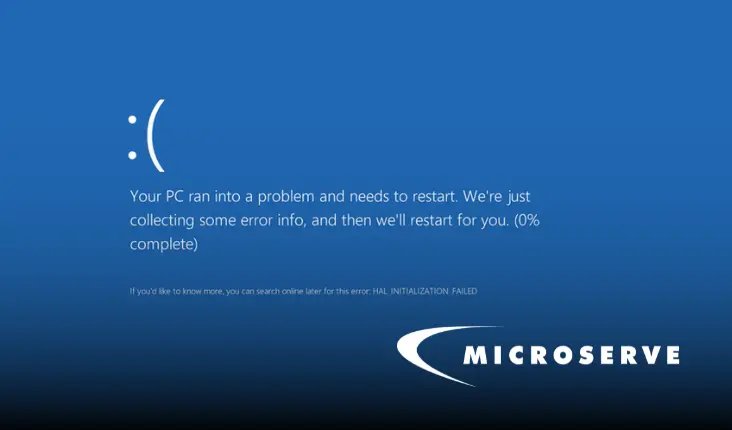According to the Standish Group Chaos Report, approximately 1 out of every 5 IT projects is considered an utter failure. Even success has a lot of nuances, with only 29 percent of projects considered unqualified successes.
The IT industry has been plagued with low-performance rates and slow project completion for decades. When these projects succeed, your business operates more smoothly and often at a much lower cost.
Digital transformation is an increasingly important target for today’s businesses and you can’t afford to be faced with a cycle of failures. That’s why you’ll want to implement a few strategies to keep your IT projects on track all the way to the finish line.
Set the scope upfront for your IT project
One of the biggest challenges to any project is the lack of a clear target. Before you assemble the team or start designing, put together a comprehensive plan that defines the scope of the project which includes milestones and has a detailed budget. Every IT project has
The more you know about what you want to accomplish, the better prepared you are when it comes time to create your team. Additionally, this allows you to approach all stakeholders that the project will impact and get their approval. This is essential for avoiding confusion about deliverables and the final project outcome.
Build a solid team with the right IT Project managers
Depending on the size of your organization, you need to determine how many project managers, both internal and external, will be working on the project. A lot of businesses fall into the “more is better” trap when it comes to team-building. However, bigger teams mean more moving parts and the potential for more problems.
Keep your IT project teams trim, with just enough people to get the job done. Make sure that your team has the right mix of skills, try to minimize the points of contact and clearly define roles and responsibilities with each one. Otherwise, management becomes a challenge and things can be overlooked.
If you don’t have all of the expertise you need in-house, consider an IT consultant to help bridge the gap.
Set firm, regular milestones
While the long-term milestones you set up during planning are a great guideline, you need smaller tasks for your frontline team. Regular meetings and clear deadlines are a necessity when putting together a big project.
Be clear about duties and responsibilities
One of the biggest challenges facing any IT project is the division of responsibilities. Often, one part of the project will be dependent on another. If one team member is slow to deliver, it can back up your entire calendar. Make sure every member of the team knows what they are working on and when it is due. This can help avoid roadblocks and keep the work flowing smoothly.
Monitor, don’t micromanage
Every team member should know the eventual goal and scope of your project. They should also have a list of immediate tasks that will work toward the eventual goal. Schedule regular meetings to discuss progress, but don’t spend a lot of time in one-on-ones. Remember, if they are tied up in meetings with the project manager, they can’t be working on the deliverables you need for the next phase.
Let your team manage their time, but make sure they know support is available if needed. And, outsource when necessary. Sometimes you just need a little extra help when handling a major project.
Project management software is critical for IT projects
A shared calendar, easy access to project documents and real-time editing capability all make project management software a big player in any successful IT project. Even when all of your team members are in the same office, sharing a digital workspace can streamline everything. No one wants to spend an hour scrolling through emails to find the specs for a single piece of the project. When everything is centralized, including communications, they don’t have to.
Celebrate successful milestones
Your team needs positive reinforcement when they are meeting your goals. A social event or a simple congrats email can go a long way toward keeping team motivation high. It is easy to lose sight of the small victories when you have a long project calendar, so take the time to celebrate the smaller successes along the way.
Outsource project managers
If you’re struggling due to lack of resources, staff or budget, consider bringing in some outside project manager help. This can alleviate a significant amount of stress and give the project the attention it deserves. Allowing someone to take the reins, even for a short period of time, can ensure you meet your deadline and not overload your employees with additional work.
Clear goals, a roadmap to accomplishing them, and the right team are all necessary ingredients for a successful IT project. Don’t let your digital transformation get lost in constantly changing goals or get stuck trying to hit a moving target. By following these steps and implementing a comprehensive plan that includes a margin of error, you can help set your projects up for success.





